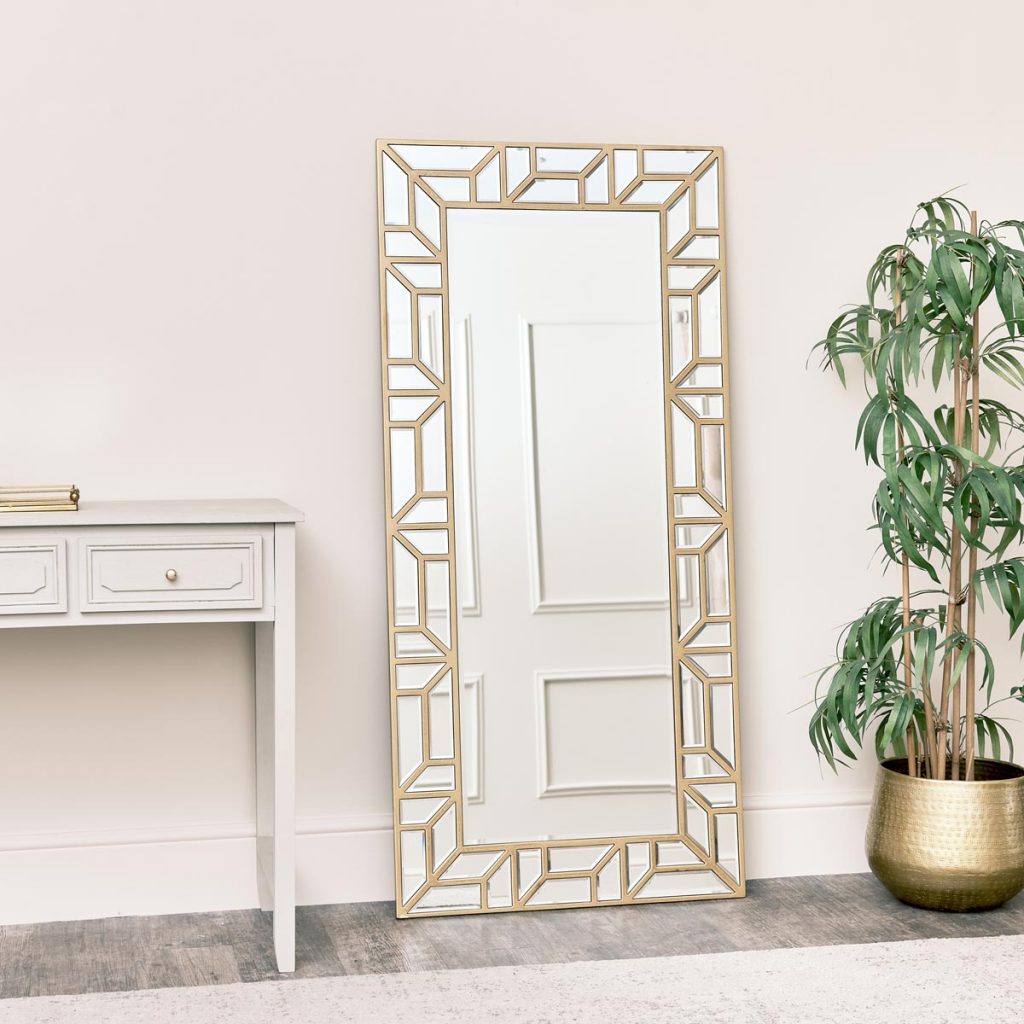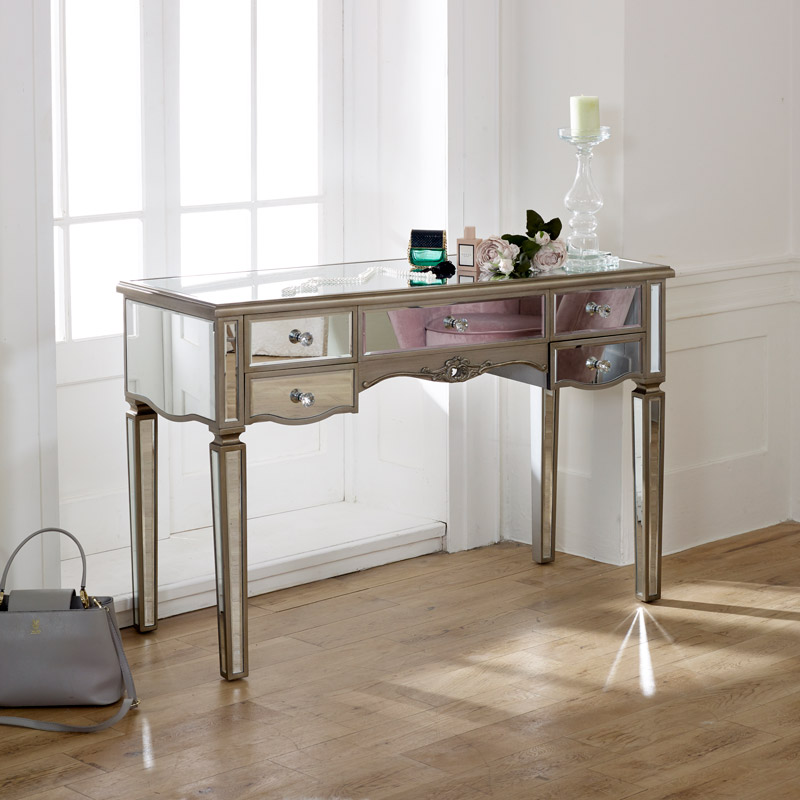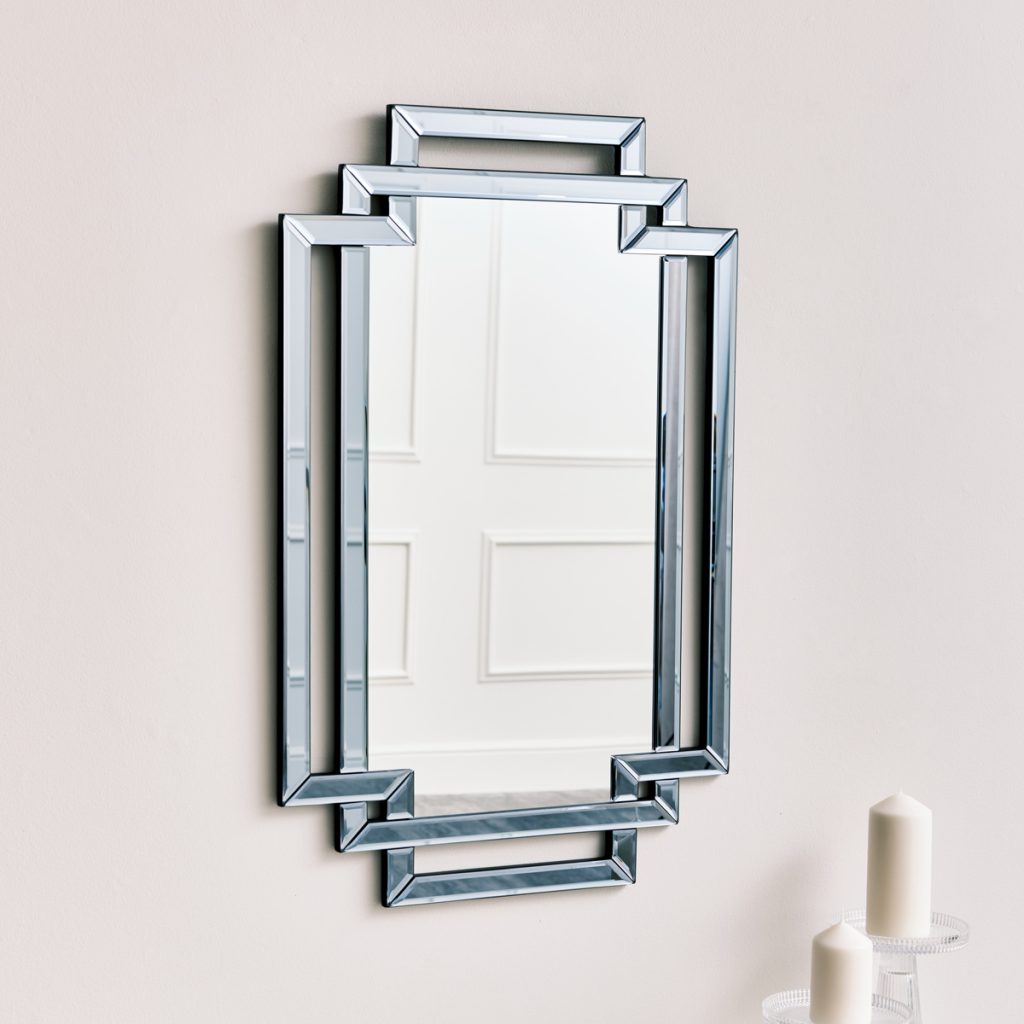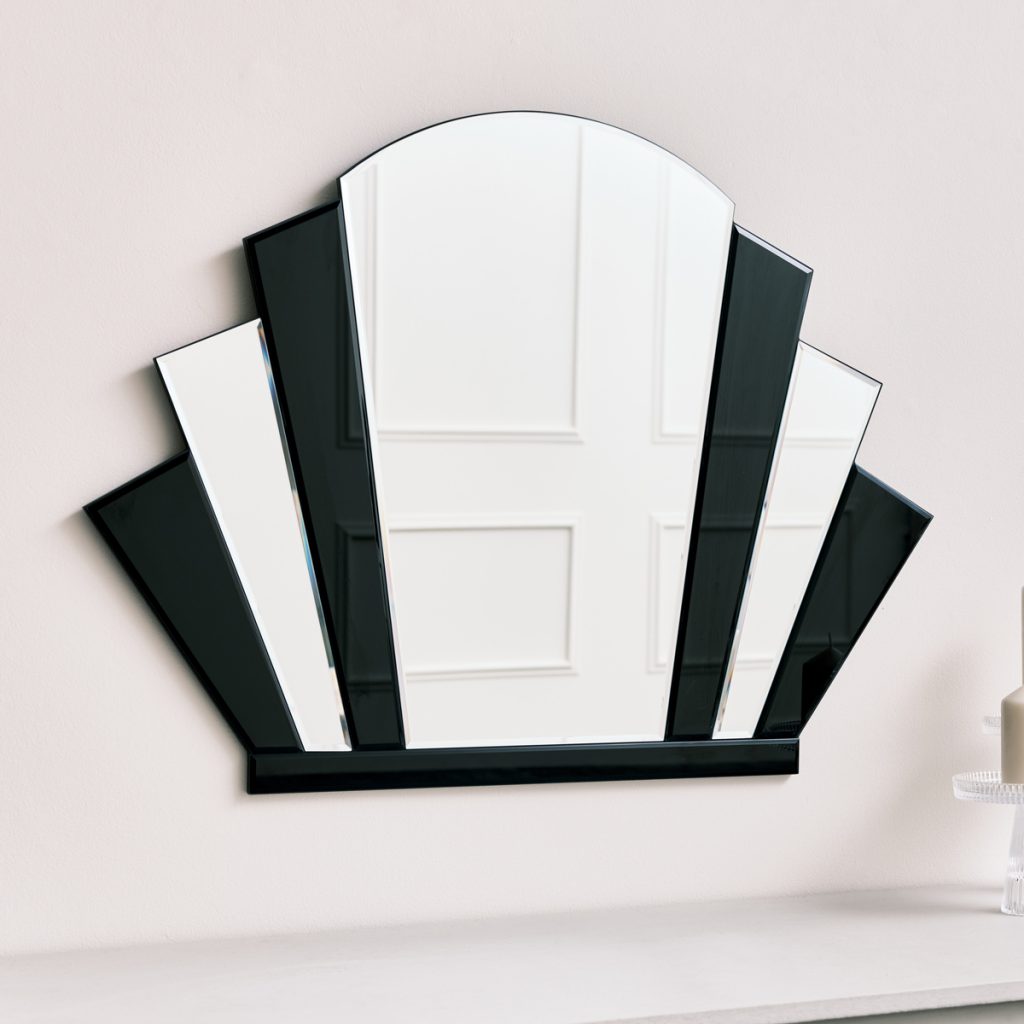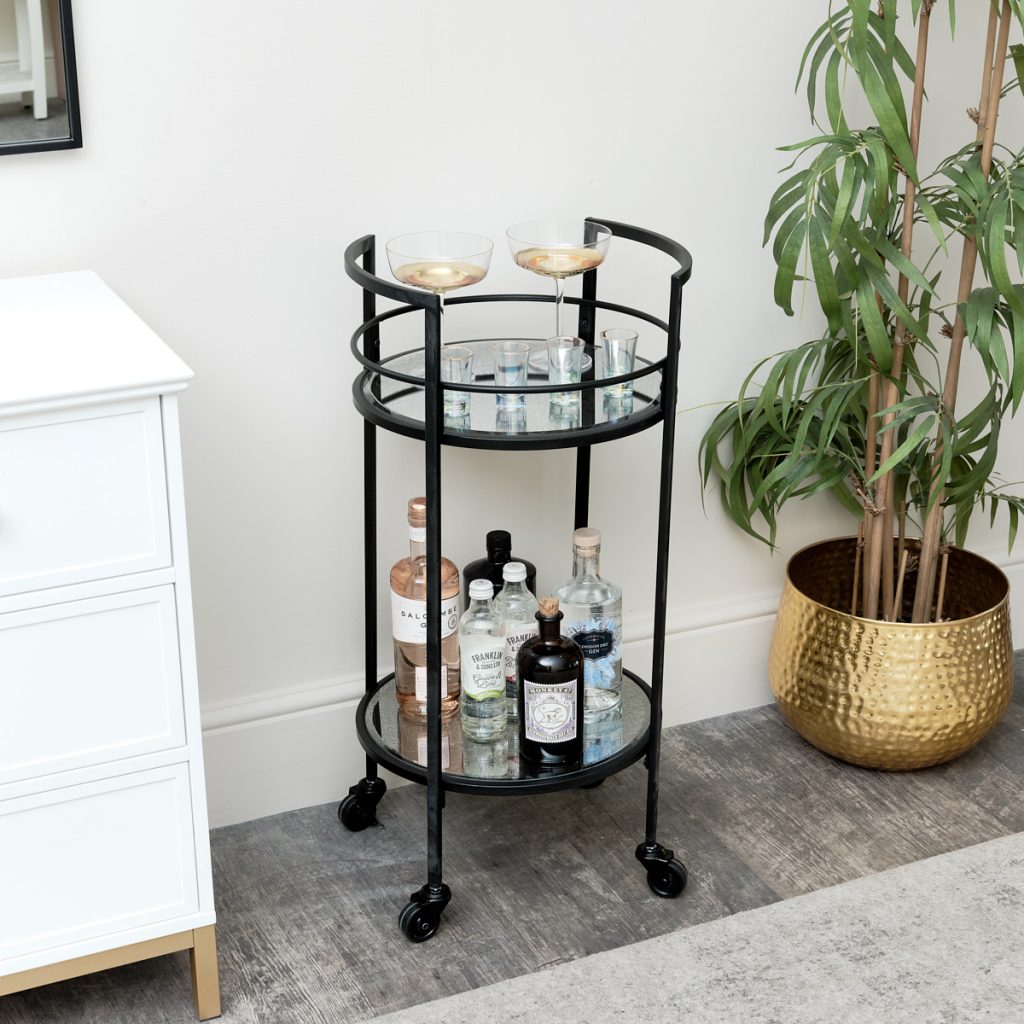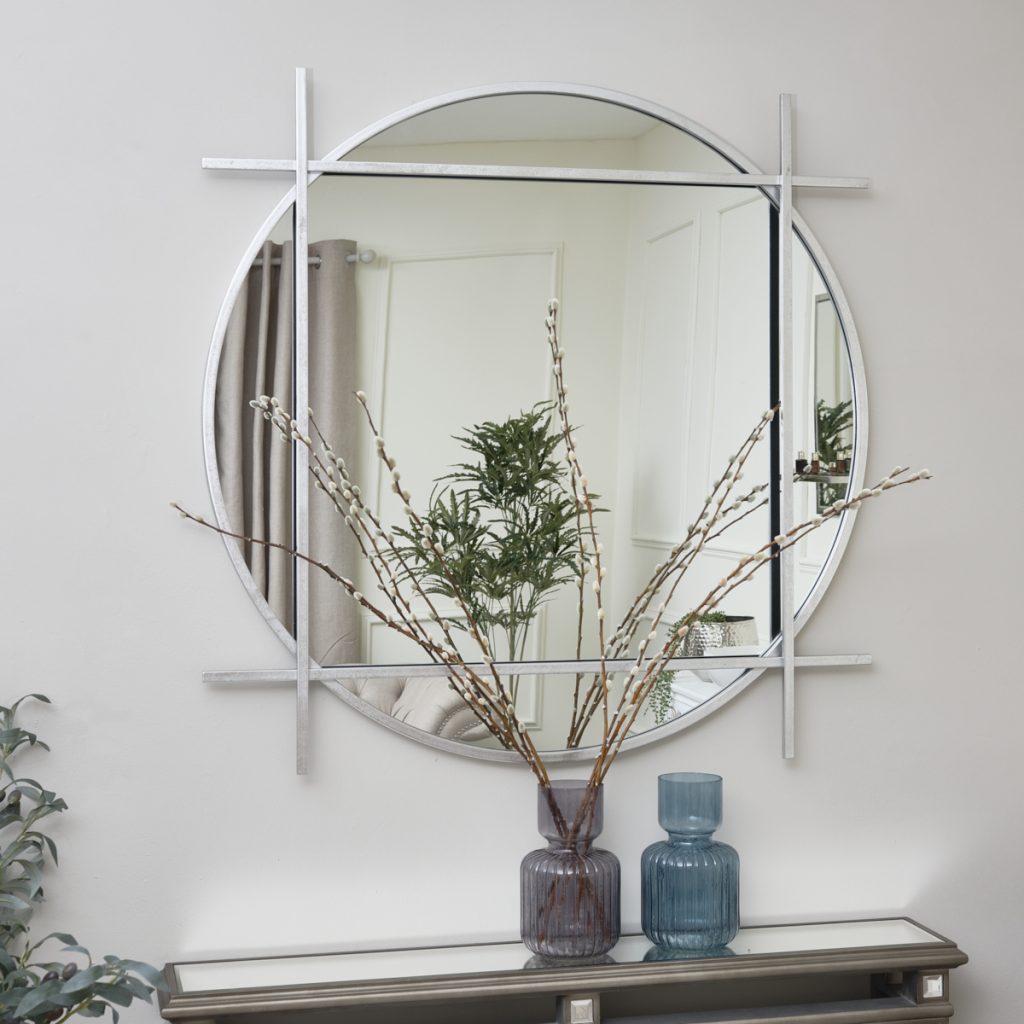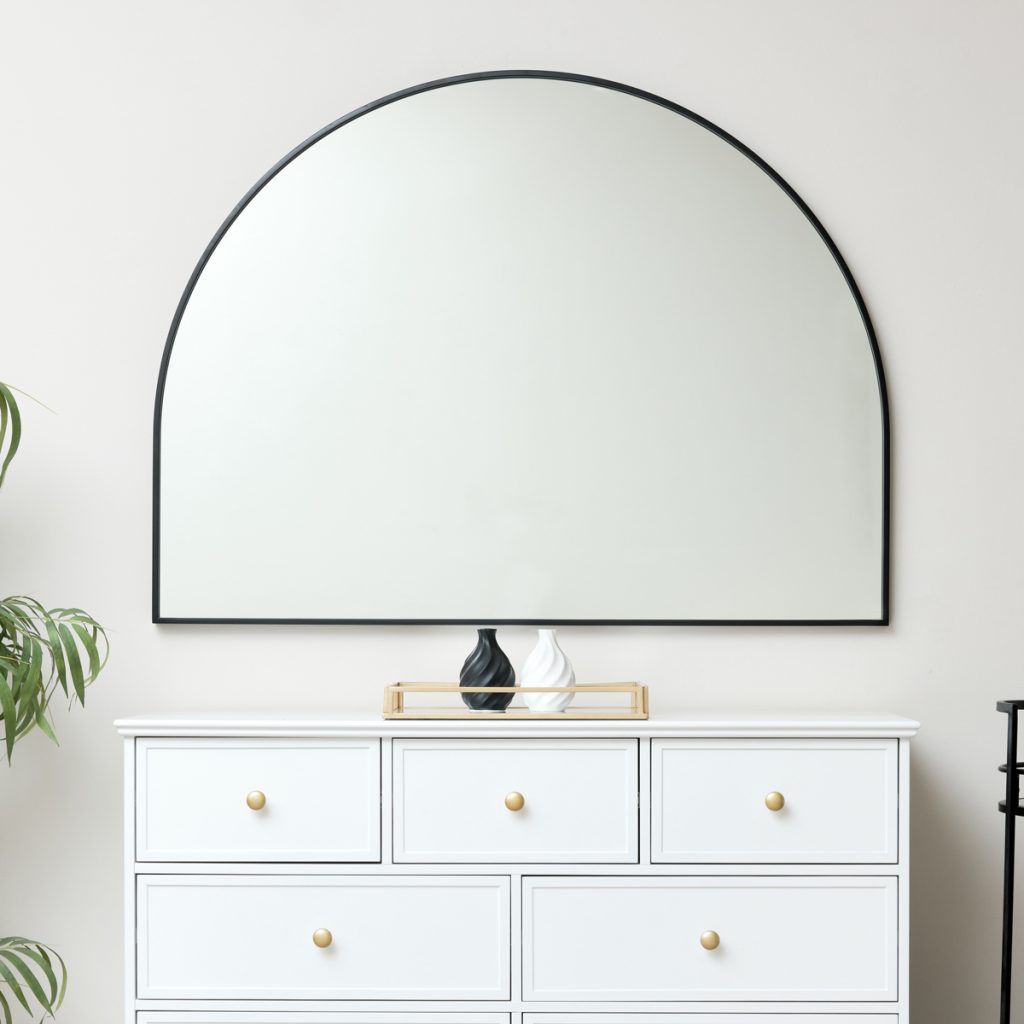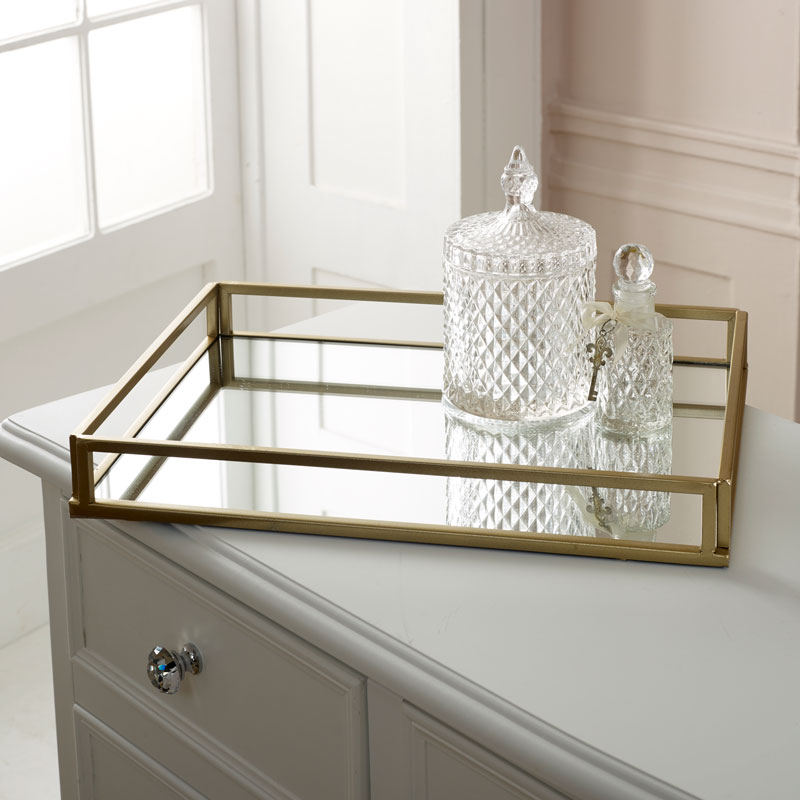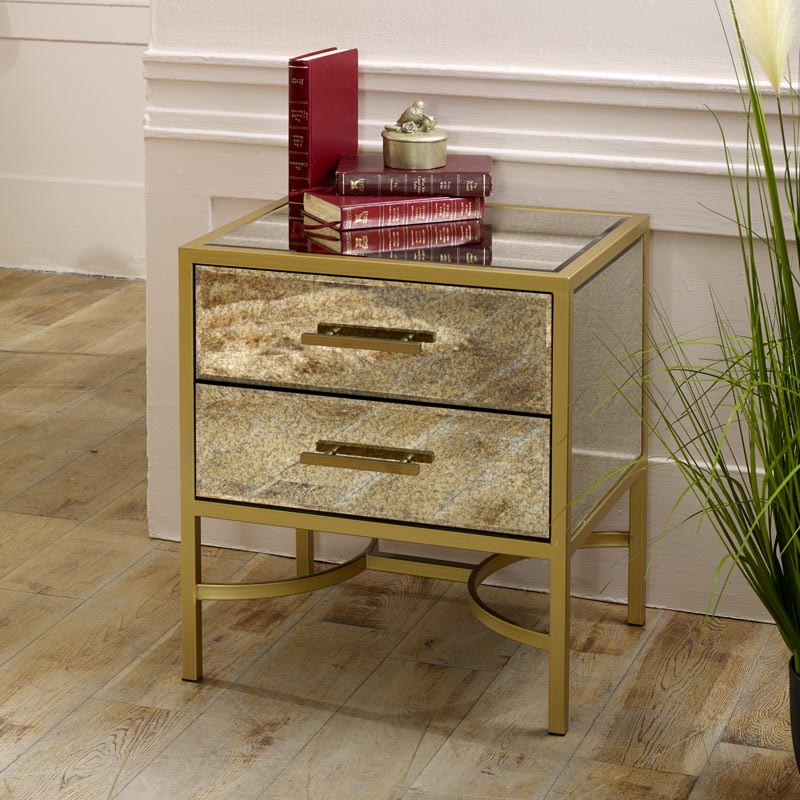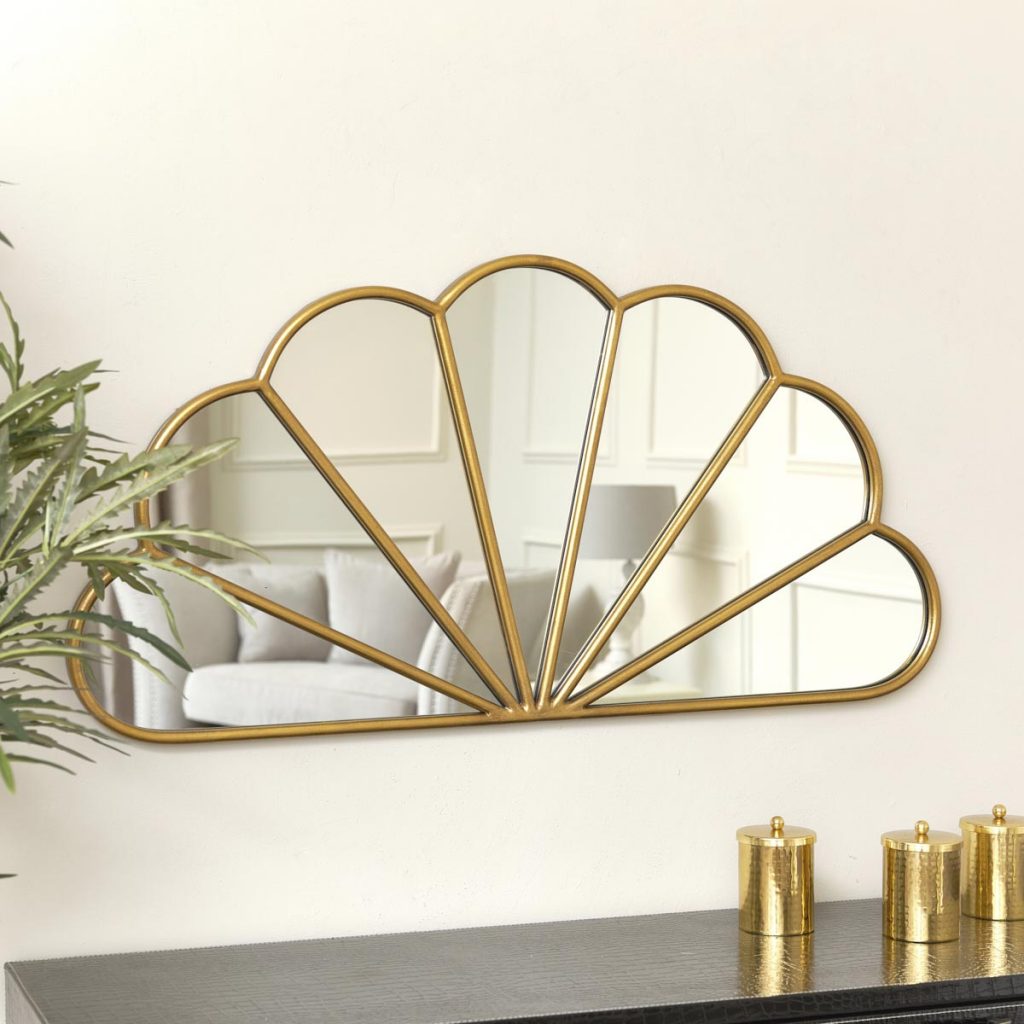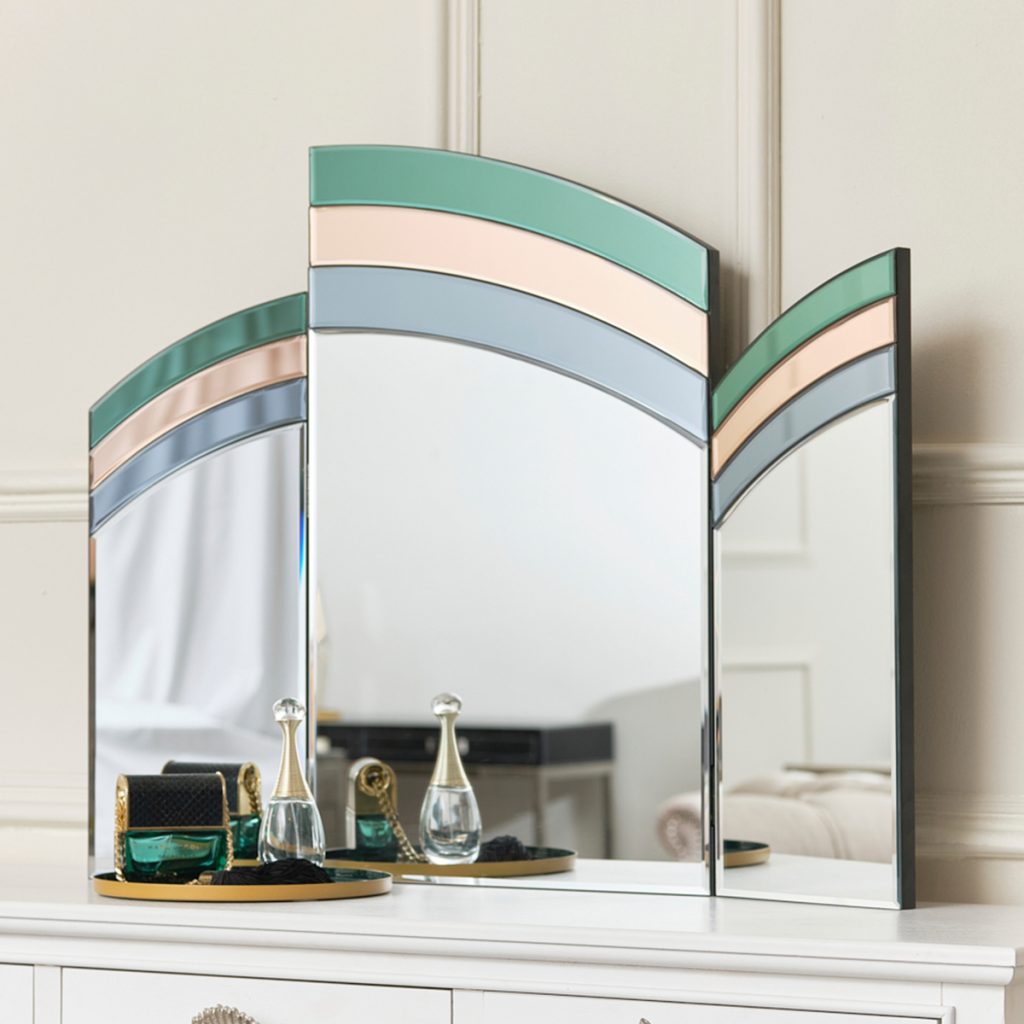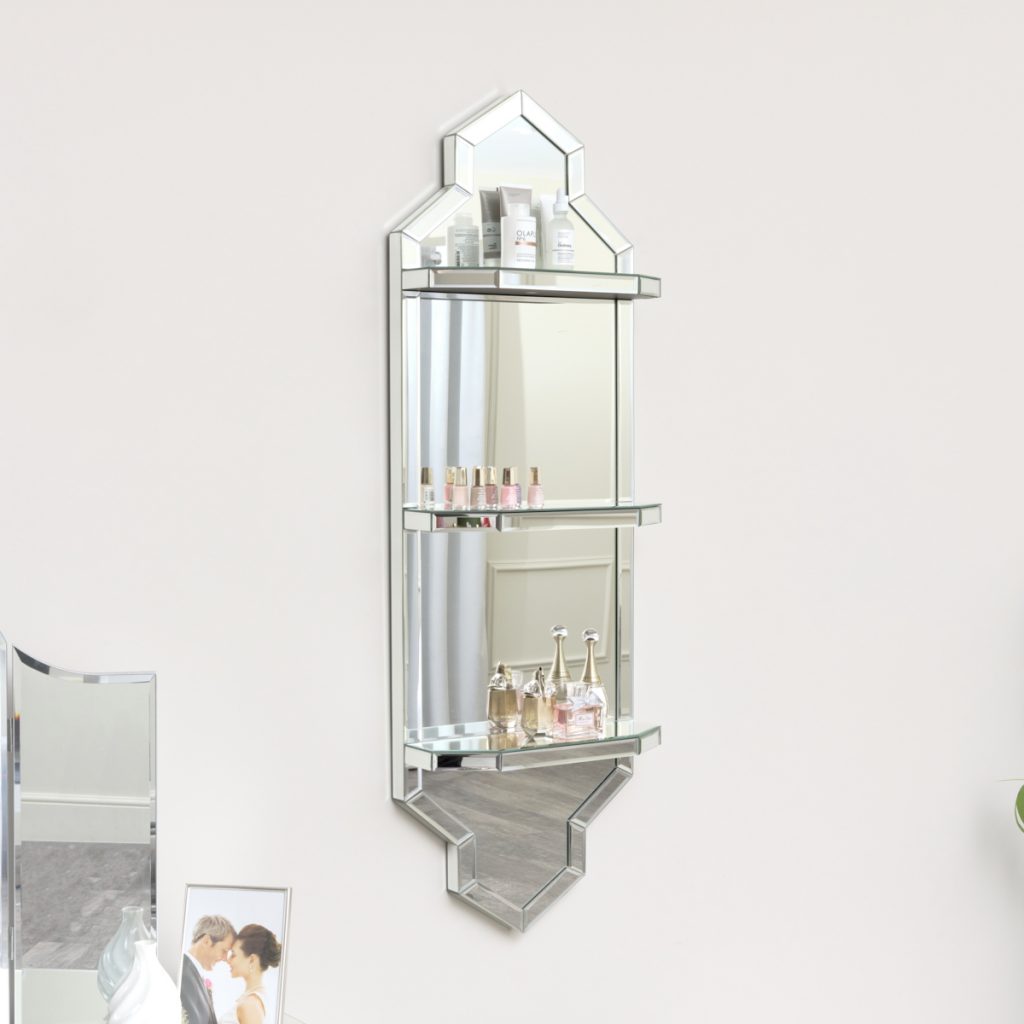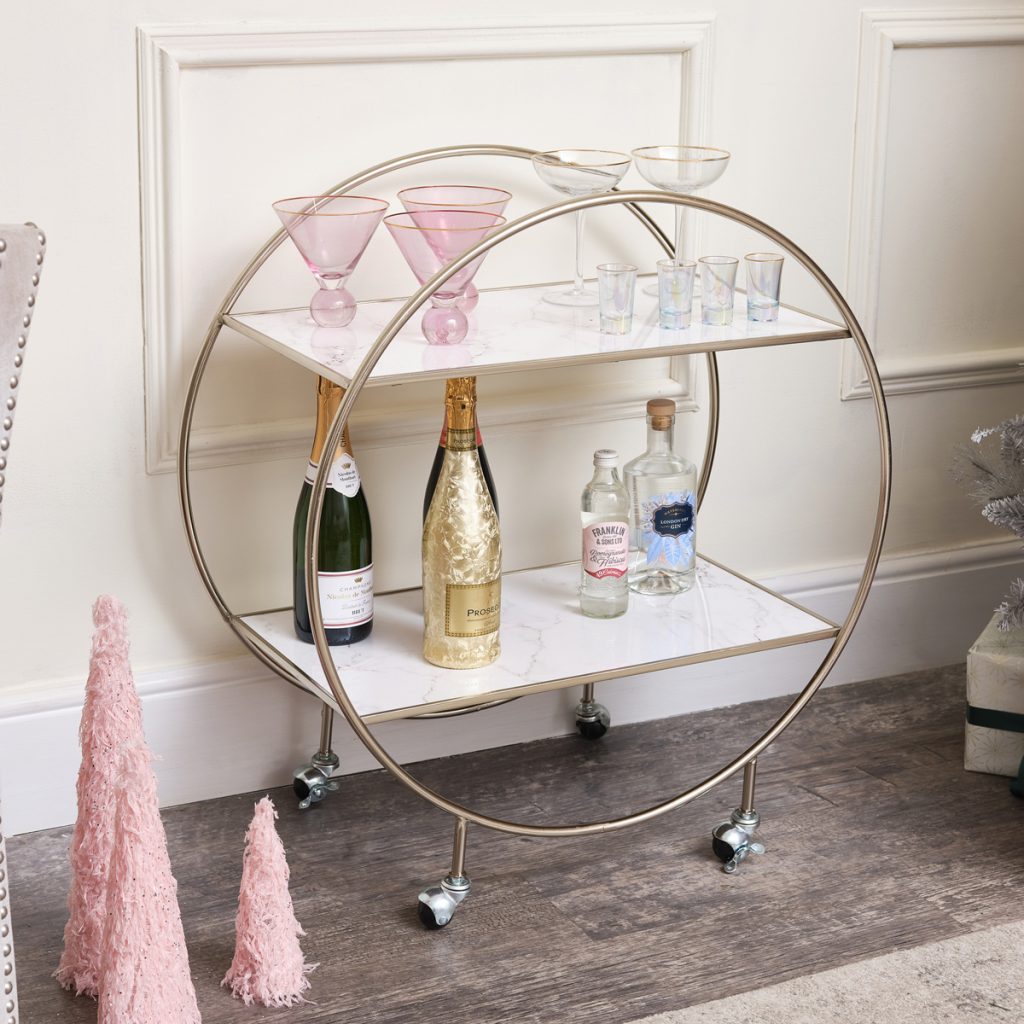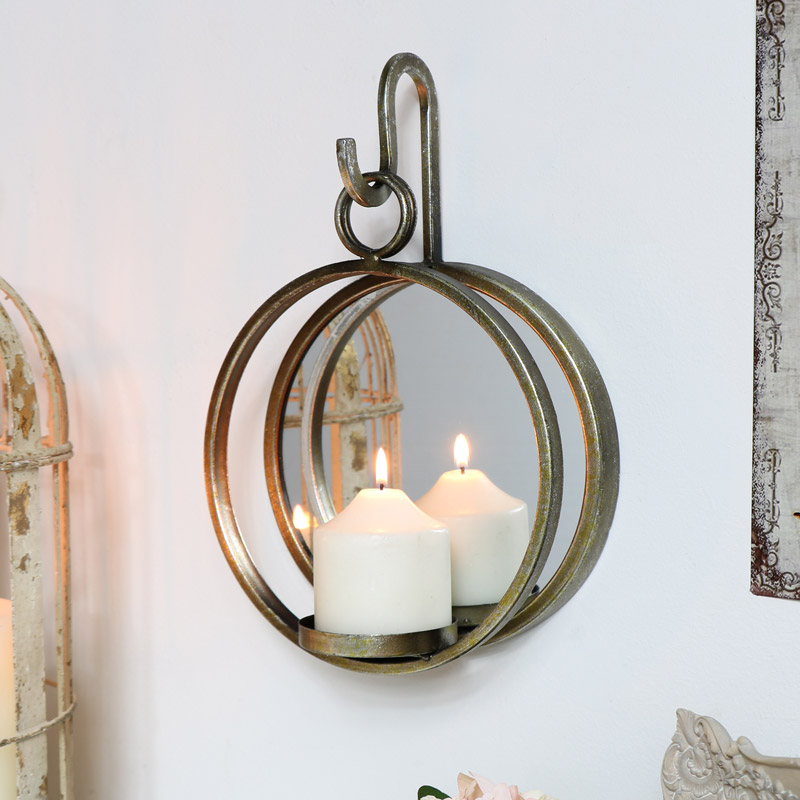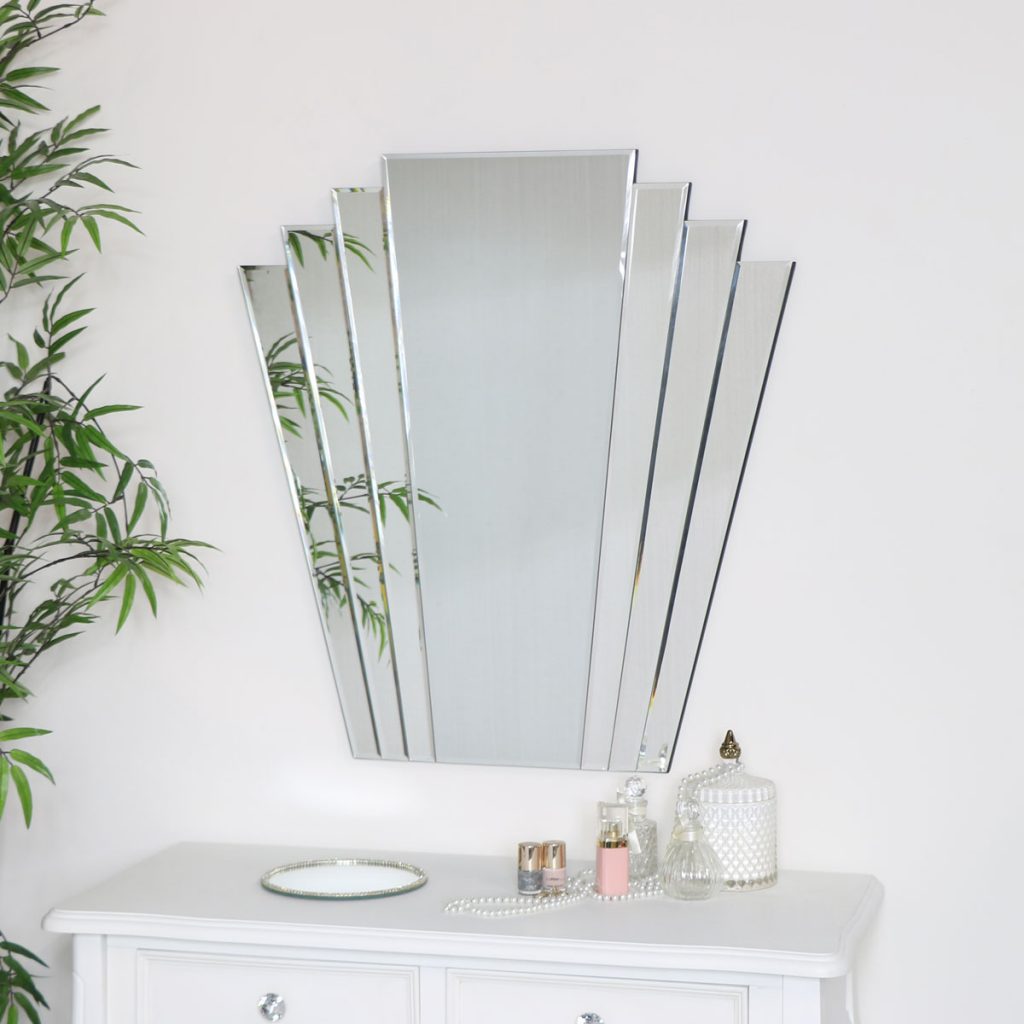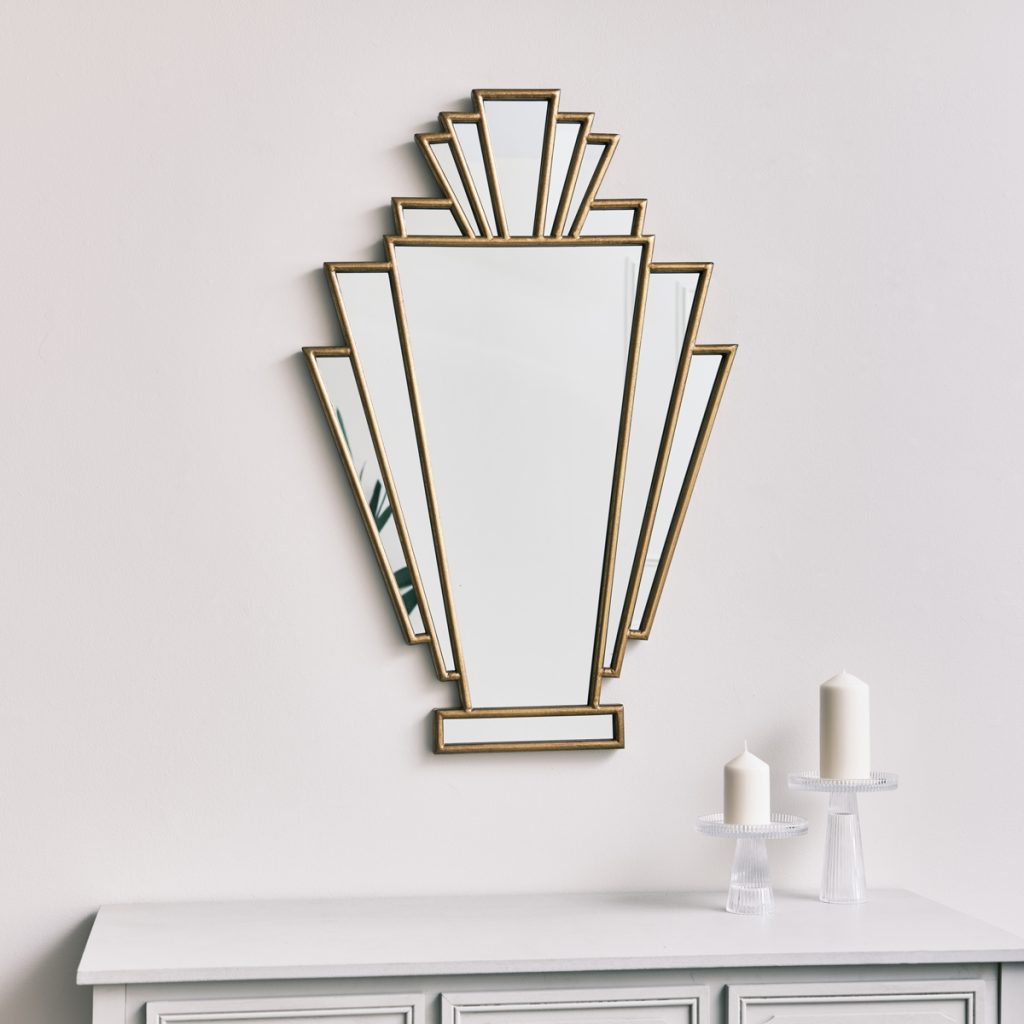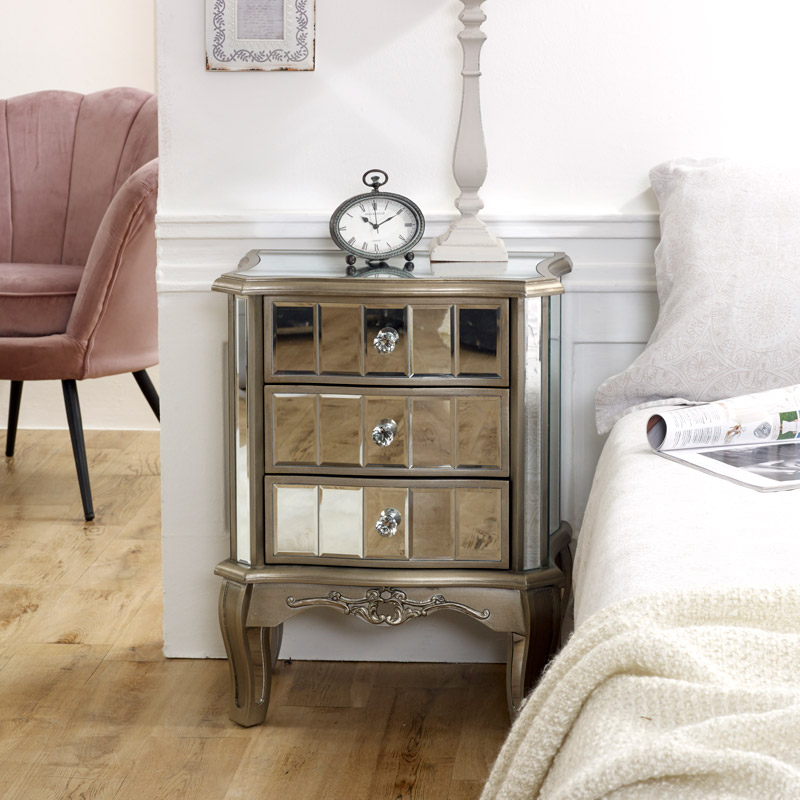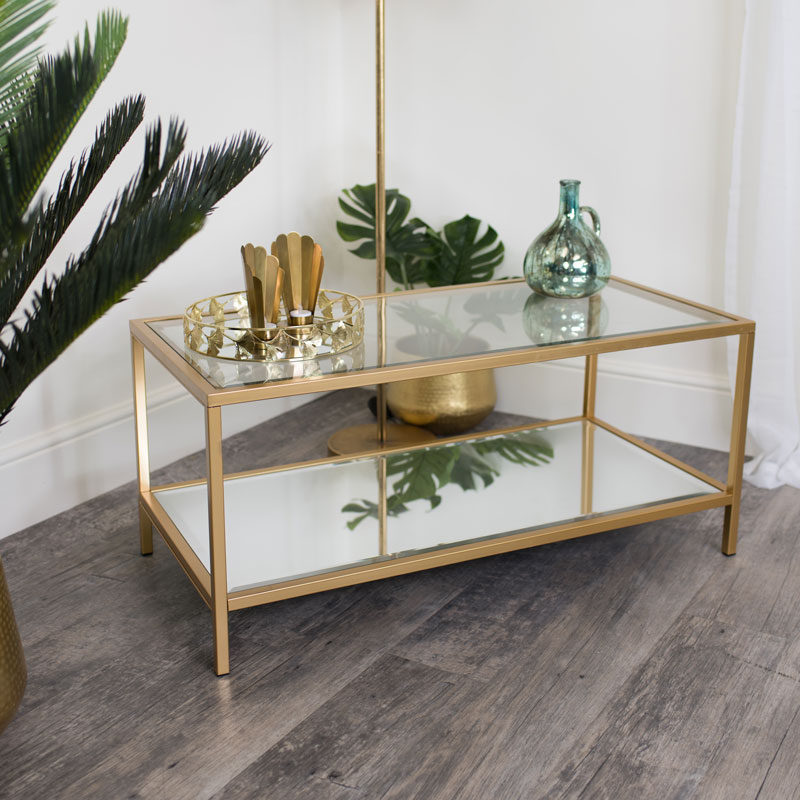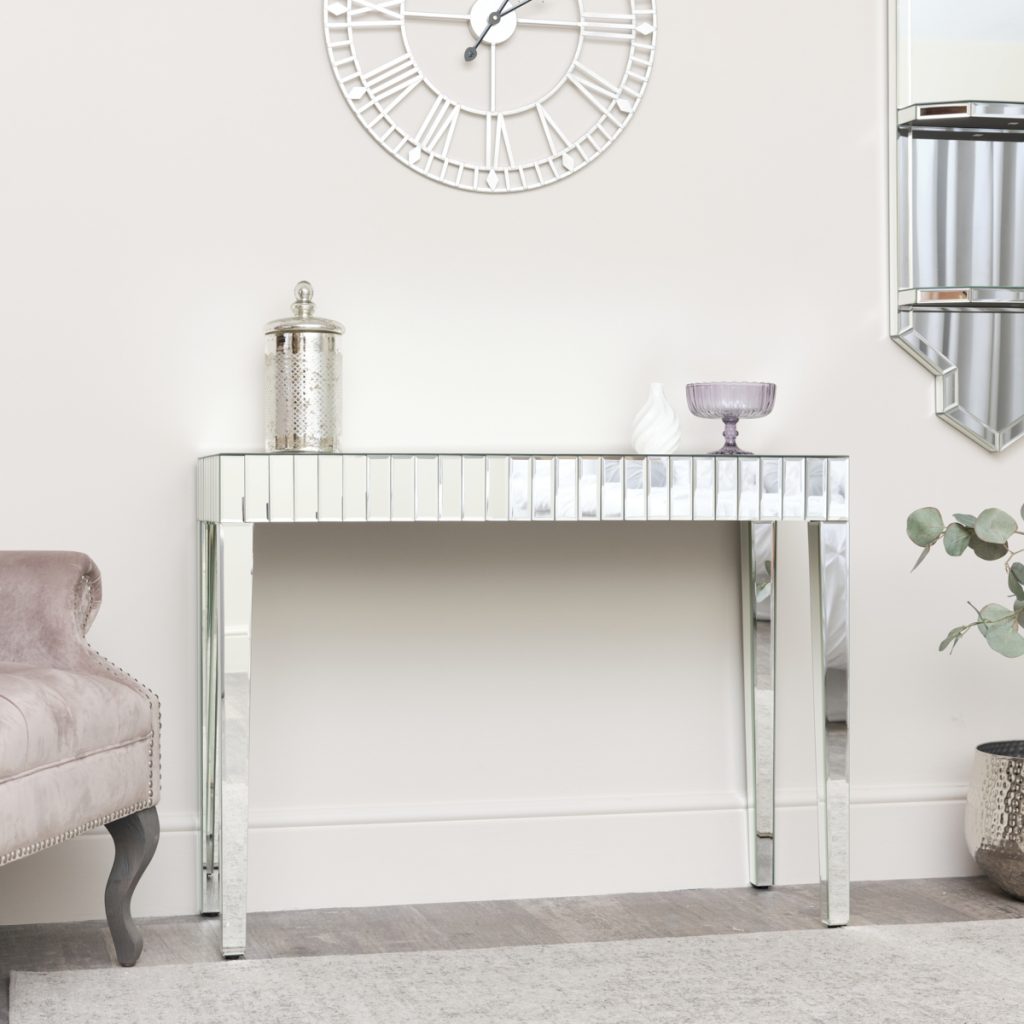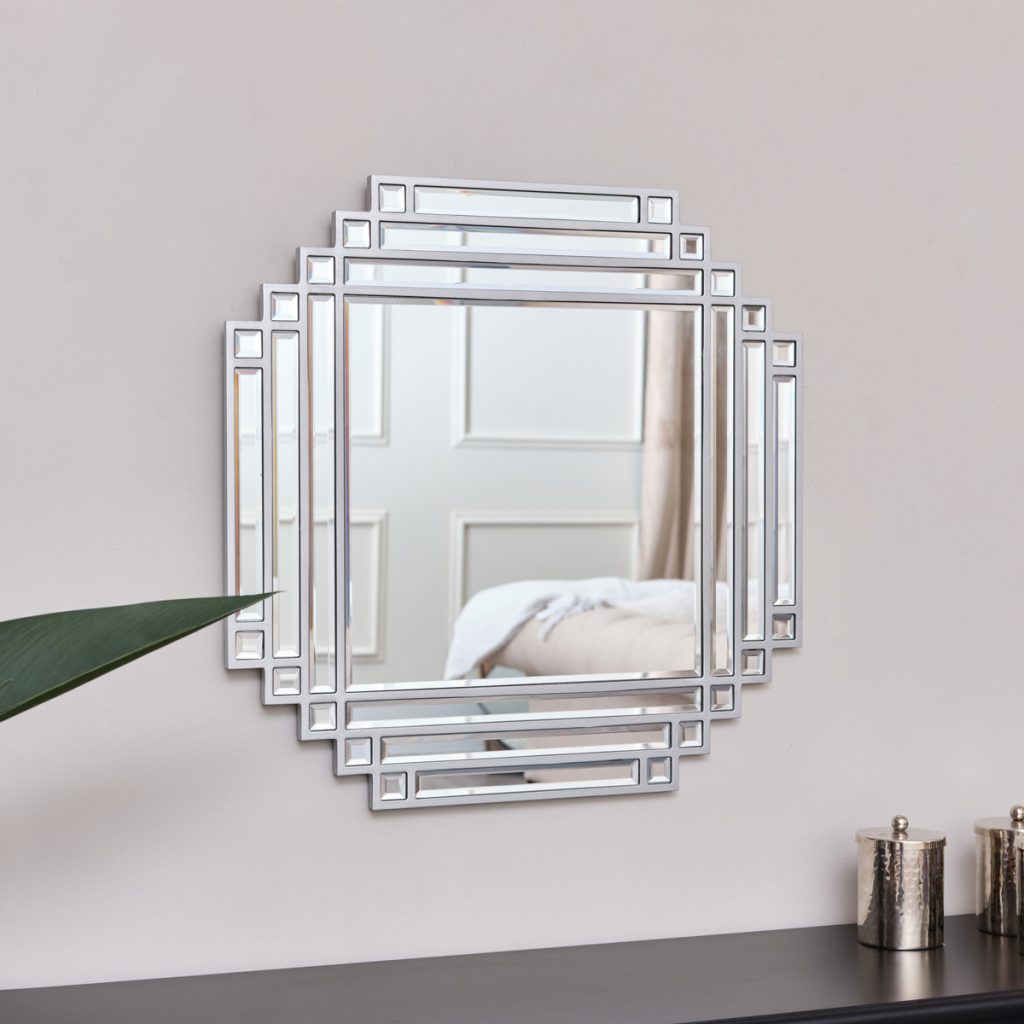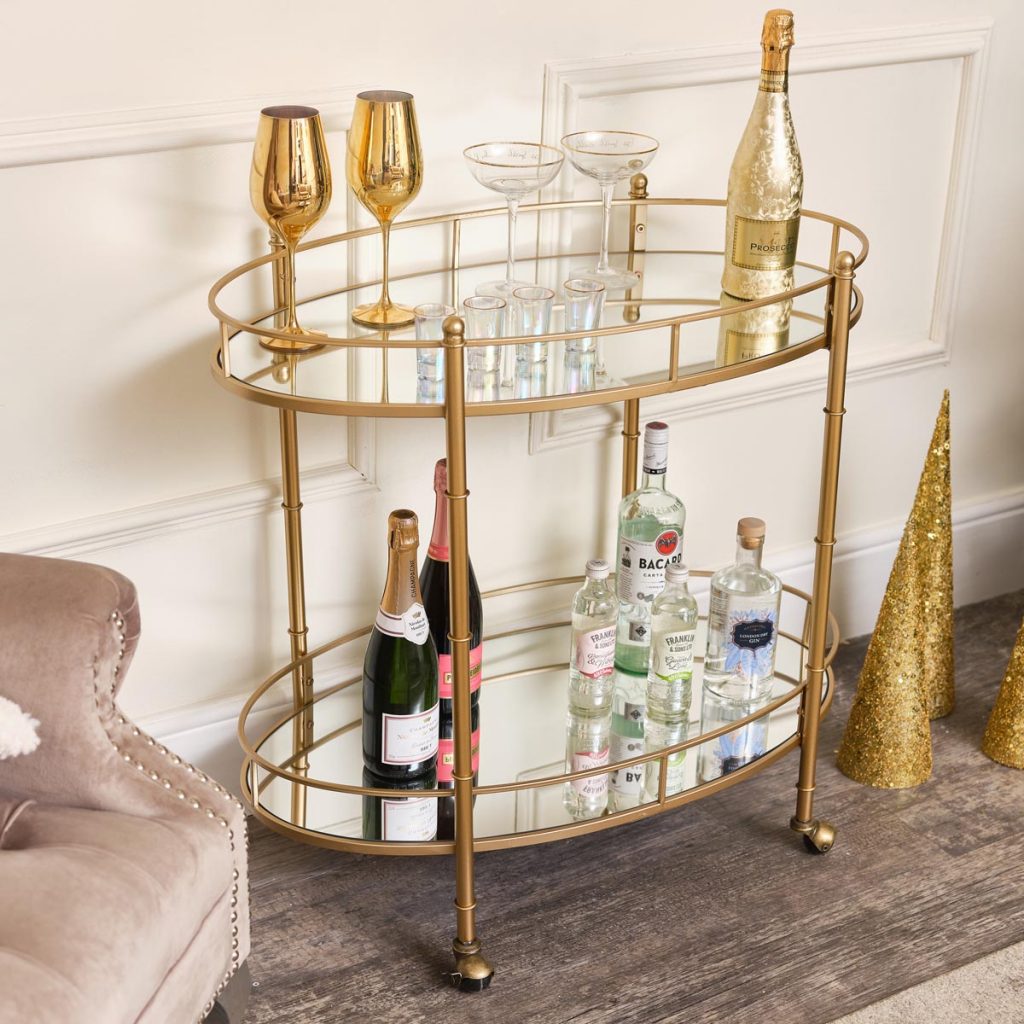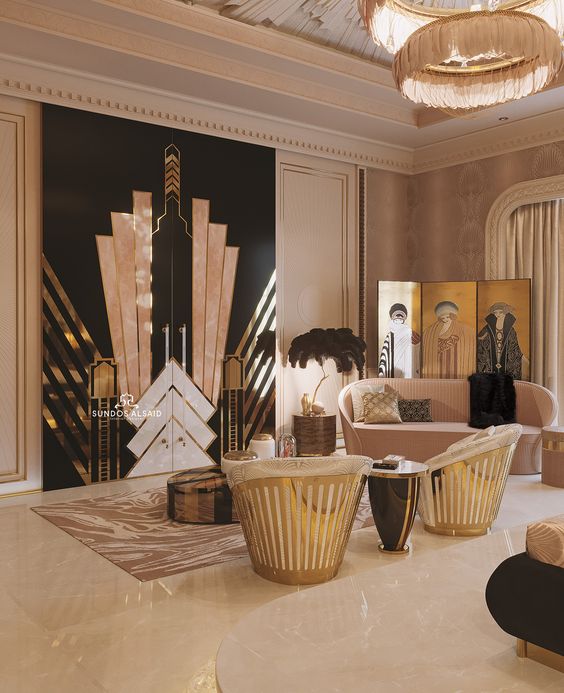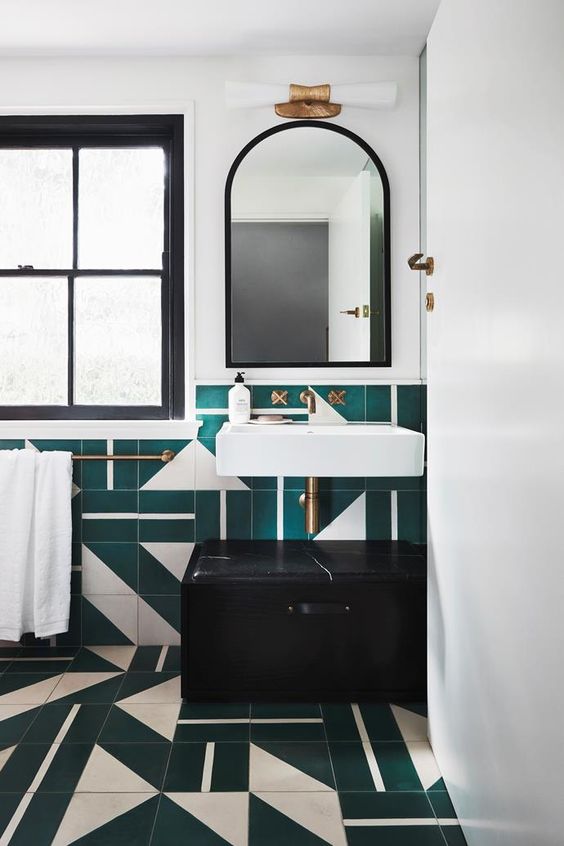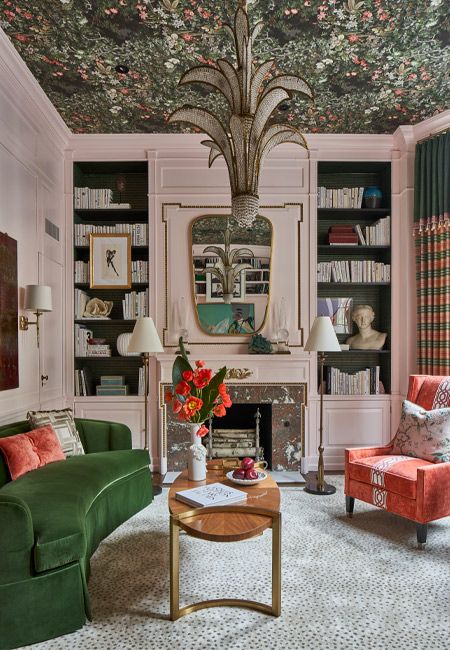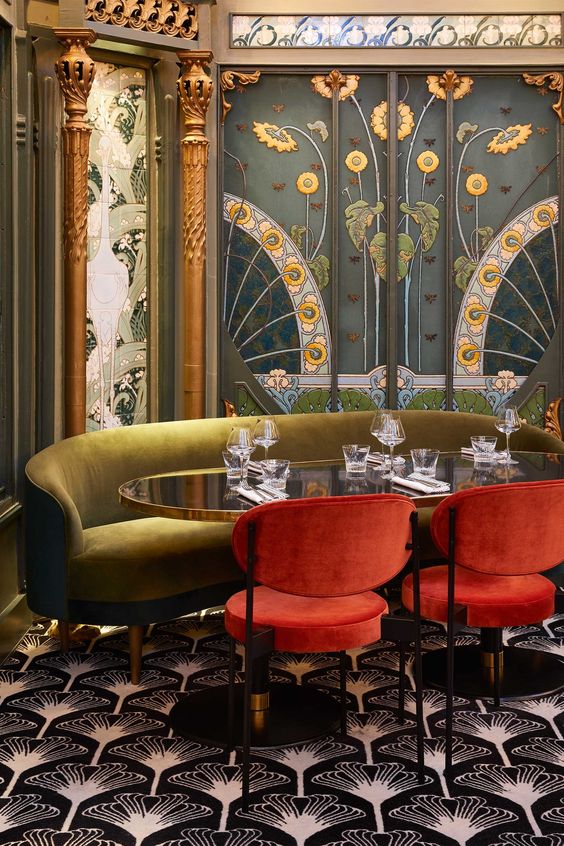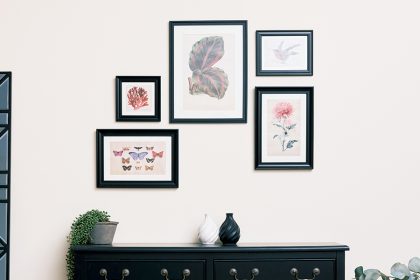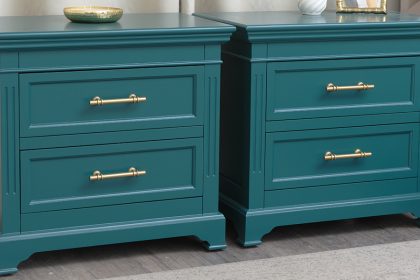What is Art Deco style? Art Deco is a movement encapsulating a style of visual arts, architecture and design popular during the 1920’s and 1930’s.
Luxurious, symmetrical and visually striking this style continues to be popular today and elements or influences of Art Deco design can be found in contemporary interior movements.
If you want to introduce a touch of Art Deco flair into your home, we’ve put together a handy history and style guide to help you identify the key elements of this movement.
The History of Art Deco
Art deco, short for French Arts Décoratifs, is a movement that first gained popularity in France during the 1910’s and rose to prominence in Europe and the United States during the 1920’s and 1930’s.
Art Deco has since become the defining style of this period in history and still has many admirers today.
From its inception, the key features of Art Deco were influenced by the geometric forms of Cubism and the bold colours of Fauvism.
This style commonly featured rare and expensive materials, such as ebony and ivory, as well as heavily detailed and exquisite craftsmanship.
With the rise in world travel and archeological discovery of past civilizations at the turn of the century, this movement was also heavily influenced by the exoticized styles of Persia, China, India and ancient Egypt.
The emergence of the Art Deco movement began with the rise in status of decorative arts. Previously decorative artists such as furniture and textile designers had been considered simply artisans.
However, at the beginning of the 20th century, these artists were granted the same status and rights and sculptures and painters and their contributions to the artworld gained significant recognition.
Gaining Popularity
The popularity of this style spread to mainstream department stores who began stocking Art Deco style furnishings, jewellery and glassware. This popularity soon influenced architecture.
With the introduction of new building materials and techniques, such as reinforced concrete, the geometrical style and symmetry of Art Deco style were more easily applied to buildings, helping to aid this movement’s explosion in popularity.
In 1913 the stunning Théâtre des Champs-Élysées was built, considered the first landmark Art Deco structure.
As this movement spread across Europe and the United States, art deco’s influence on the architecture within major cities on both continents cannot be underestimated, especially in New York City.
It can be argued that the skyscraper would not exist without the Art Deco movement and skyscrapers are considered the summit of Art Deco style and design.
Some of the most recognizable New York City landmarks are Art Deco designs. including but not limited to, the Radiator Building, the Chrysler Building and the Empire State Building.
These iconic buildings defined their time period and solidified Art Deco style as being the cutting edge of design and modernity.
Features of Art Deco style
Though Art Deco style really began as an umbrella term for a variety of design styles and art movements that have been mosaiced together and joined forces to create something new and exciting, it still has its own recognisable major characteristics.
These include features such as:
- Heavy geometric influences
- Triangular shapes
- Stylized, floral patterns
- Zigzags
- Trapezoidal shapes
- Straight and smooth lines
- Exaggerated curves
- Chevron details
- Arches
- Columns
- Loud and vibrant colours
- Fan style shapes
- Sunburst or sunrise motifs
Just including a few of the above features can instantly add an Art Deco feel to a room and many are easily implemented.
How to add Art Deco design to your home
There are a few easy and simple ways to get the Art Deco look in your space, here are our top 3 interior tips:
Tip 1 – Go Vibrant
For Art Deco interiors, you need a bold, vibrant colour palette with a high contrast in colour. The classic Black & White combo offers sophistication and elegance while keeping on the Art Deco theme.
This same contrast can be gained with darker greens, blues and purples against lighter colours like white, cream and pale grey.
Jewel tones are common in this style and you can include a variety of these bolder colours, for that luxurious Art Deco feel.
Accessorise with metallic accents like Gold, Silver and Copper for added brightness.
Tip 2 – Play with Shapes
As a key element of Art Deco style, introducing shapes into your space is a must to create this vibe in your home.
An easy way to get this look is by opting for geometric printed wallpaper or painting shapes like arches on your walls as a feature.
Items like mirrors or wall sconces are ideal for introducing a touch of Art Deco style into your home. Mirrors especially lend themselves to this look, fans shaped mirrors or mirrored with coloured glass detailing or geometric frames can quickly make your home look Art Deco.
You could also opt for pattern cushions, throws or a rug for a quick pop of art deco style. All of these are small updates that will help you get that Art Deco vibe.
Tip 3 – Opt for richness
As the Art Deco look is all about striking opulence and grandeur, incorporate material elements like marble, shiny metals, granite or dark woods to help you achieve this look.
Curtains, throws and other soft furnishings should be made out of heavy, luxurious materials like velvet, silk or fur. For an elevated feel, contrast these materials against each other and make sure to use products made of mirrored glass where you can.
For example, a room with a jewel coloured wall coloured and a dark wooden floor could be furnished with a fur rug, a mirrored console table, velvet curtains and gold decor accessories.
This room would immediately feel art deco by incorporating these key design features.
View some of our Art Deco style items:
